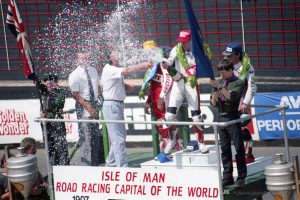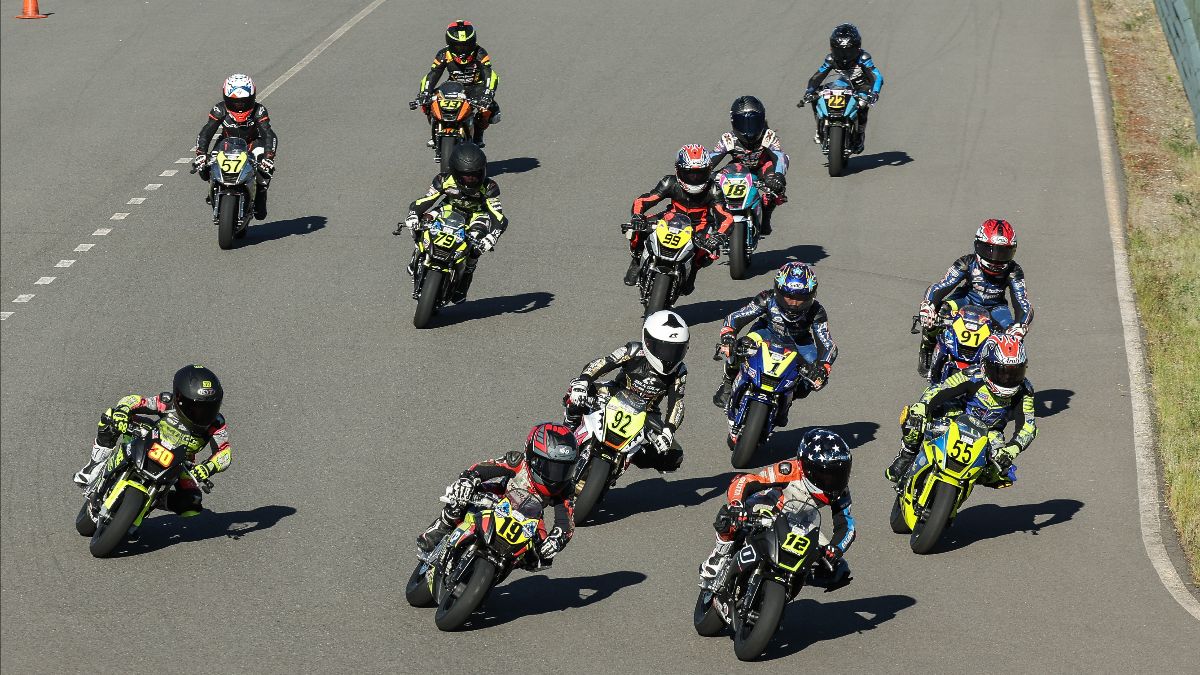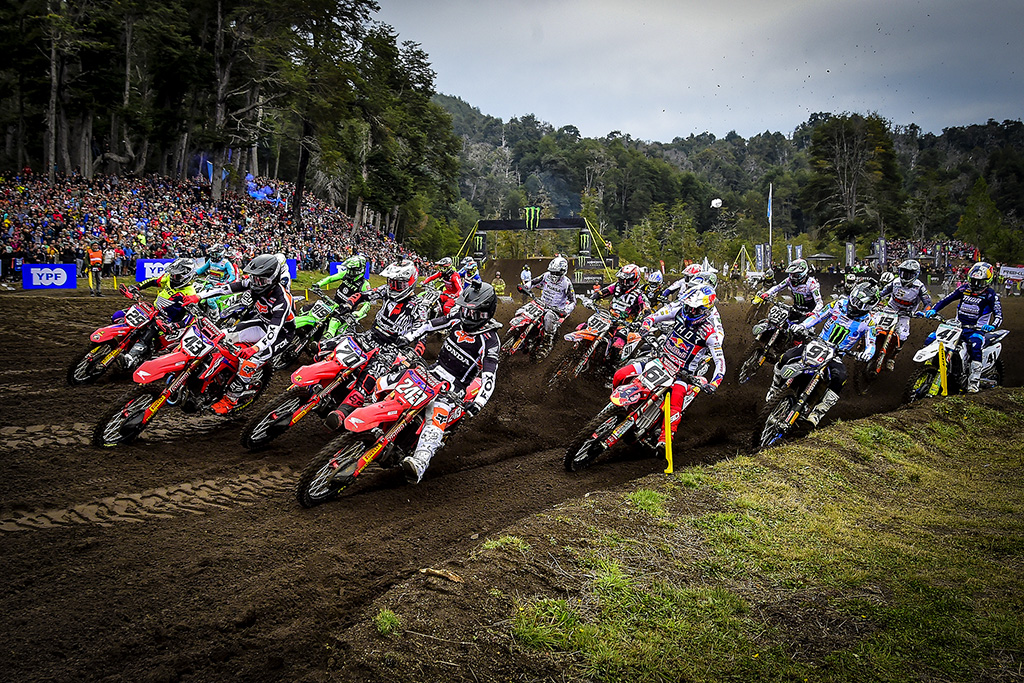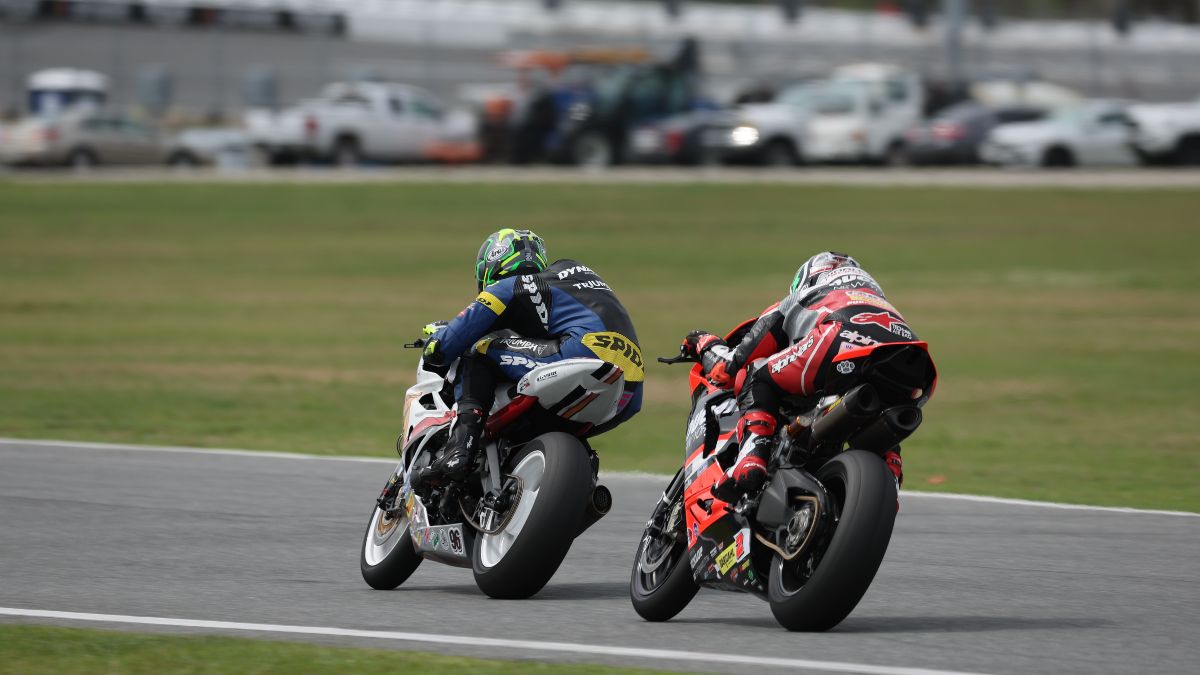Road racing is under threat as never before. The FIM withdrew its support for all road racing in 2018; leaving individual governing bodies to support the activities within their own boundaries. The recent announcement by the MCUI that all events; road and track; would be cancelled this year due to insurance issues; shows what could happen to road racing in the Isle of Man. At present, the events are covered under an ACU policy that runs to 31.12.2023; meaning that this year’s TT, Southern 100 and Manx Grand Prix are safe.
The flagship Tourist Trophy Races have faced many challenges in the years since their inception in 1907. The threat of them moving to Belgium was averted; they survived; even thrived; after the loss of World Championship status following the 1976 races. Two World Wars; Foot and Mouth and Covid have each caused the races to be cancelled; but each time they have bounced back.
Murray Walker described the TT as “the greatest motor-sport event in the world,” that is a sentiment that I share. As a spectacle it is unmatched; fans have flocked to the island since 1907 to watch the finest riders display their skill and courage on the most famous and demanding racing circuit in the world. However; there is a dark side and that was brought into sharp relief by the loss of the lives of six competitors last year. I know from personal experience that dealing with a fatal accident leaves an indelible scar. Increasing speed has been cited as reason to halt the races since the days of Frank Phillip, Tim Wood and Cyril Pullin; but the riders will always strive for more speed. The TT strategy document describes the event as “spectacularly dangerous;” it is; but so long as the riders want to race; the detractors should not win.
The insurance problems being encountered by the MCI bring into sharp focus the simple fact that if premiums are not to become unaffordable; even for the Isle of Man Government; more needs to be done to improve safety for the riders, marshals and spectators and that will inevitably mean more areas becoming out of bounds to spectators. Sulby Straight is a case in point; we have machines travelling at 190mph (85m per second) through the group of houses and onwards towards the bridge. Along this stretch of the course, spectators are allowed to sit on the roadside verge with the bikes a few metres away from them. In an accident in the Manx Grand Prix a machine went to the inside of the course; destroyed a motor home and knocked down the garden wall of a house. There have been tragic accidents on the approach to these houses that were caused by mechanical failure; thankfully no spectators were in that area. Had the accidents occurred 200m down the road; or had the machine in the first incident gone to the outside of the track there could have been a major incident involving spectators. About 20 years ago the (then) landowner of the fields at this point planted trees close to the course; presenting solid objects that should not be so close to the course. The planting of trees should not be allowed immediately adjacent to the course; at the very least their roots will eventually cause undulations in the road; the Sulby to Ramsey section being the case in point.
In our litigious society one such incident is all that it will take to end the races. This is not about being a killjoy; it is about being pragmatic and cutting out avoidable risk. In any event, it is inevitable that the insurers covering the event will want the risks posed to spectators and marshals to be removed; or at the least; reduced wherever possible. Over recent years I have written several letters to political members involved with the races with regard to safety; “your comments have been noted and will be considered,” has been the standard response. Had they been acted upon those “comments” there is the possibility that at least one fatality would have been avoided; I shall say no more. At least the threat from drones and selfie sticks was recognised and their use banned. Reckless; or just plain stupid; spectators have been known to put go pros on tiny tripods onto the track itself; posing a threat to the riders. In recent years, several areas have been made prohibited due the selfish actions a few self-possessed idiots.
We continue to have trees with memorial plaques on them; clear and obvious risks that need to be removed from the trackside. We have had several housing developments built adjacent to the track in the recent years; some of which have caused helicopter landing sites to be lost. The organisers have, thus far, taken no note of proposed developments; they need to begin to do so and try to ensure that no more landing sites are lost.
To quote the strategic plan “the TT Races are owned and organised by the Isle of Man Government’s Department for Enterprise, through its motorsport team.” The perception from the outside is that ACU Events; through the Clerk of the Course, Gary Thompson MBE, BEM, plays a major role in the organisation of the event and manages the racing. Some clarity on responsibilities would be welcome.
The strategy is full of buzz words and phrases; its basic aim being to increase the audience and generate more income. It acknowledges that loyalty is earned stating “we will put our customers first; placing a firm focus on audience engagement.” It seems to have fallen at the first hurdle in this respect; its consultation exercise gave several very strong pointers from respondents; but the views most strongly expressed have been summarily ignored. Don’t ask the questions if you have no intention of acting on the answers; doing so will simply antagonise the public.
For this year, an extra Supertstock race has been added to the programme. The race period now extends into the Saturday of “race week,” with a contingency available for Sunday racing. The extra race seems to have divided opinion equally; extending into Saturday and causing the ending of the post TT races at Billown has attracted more negative than positive responses. I am very much in favour of more afternoon practice; giving riders time on track in conditions close to what they will face on race days; rather than in the low sun and cooling evening air. The change; to schedule racing on the Tuesday of Race Week seems certain to be the final straw for the Ramsey Sprint. The attitude from the organisers is that ancillary events not based at the Grandstand do not matter; so much for spreading any economic benefit throughout the island.
The reduction in the MGP programme last year; at short notice drew almost universal condemnation from fans who had booked for a week of racing; only to find that it was over on Monday afternoon. Last year most of the fans were using bookings carried forward from 2020. My enquiries with the tourist trade have shown that bookings for 2022 are markedly down, due to the much shorter race programme. Teams, on the other hand, seem to be much less negative than spectators. The Manx Grand Prix has survived for 100 years and its number of races has varied; two was an adequate number for it to flourish in the 1950s and three was for most of the 1960s and 1970s. The Newcomers’ Races (now sadly gone) expanded it from 1978 and the Classic Races from 1984. Hopefully, the new format will be successful and The MGP will continue to be a feeder event for the TT; 67 TT winners produced and counting.
The strategy calls for a “sustainable world-class TT” but does not define this expression. The seemingly irresistible march toward electric motors presents a very clear threat to what we love; seeing and hearing internal combustion engine powered bikes racing on our hallowed course. We have seen Suzuki withdraw from MotoGP and BSB and changes to the support offered by manufactures for the various classes in MotoGP; World Superbikes and national championships. Governments around the world are committed to reaching zero carbon by 2035 at the latest. This is not the place to debate the rights or wrongs of that, nor the extensive collateral damage of rare earth metal extraction, refining and use. I have no doubt that a future of just electric bikes is not one that will enthuse fans and I doubt that the TT could survive a series of one lap races for silent machines.
The length of the course dictates that a huge number of experienced marshals is required to marshal it adequately. Each marshalling point has a minimum number of personnel to allow racing to be run. This number is in the region or 580; but ideally the minimum level would be exceeded; especially at accident black spots. In recent years there appears to have been a very high number of resignations by experienced marshals. My fact findings suggests that the atmosphere at some points; and one sector in particular; has been far from ideal; even to the extent of legal action being threatened. My evidence also suggests that some marshals, who have resigned from one sector have been told that they will not be allowed to sign-on for another; baby and bath water spring to mind. This is a waste of years of experience and in some cases has left woefully inexperienced personnel filling deputy sector marshal roles at locations that they are unfamiliar with. In another case a DSM reported that the full complement of marshals was not on duty. This DSM was instructed to count paramedics into the marshals’ total. When this was refused by the DSM; the threat of; you will be sacked if you do not count them; was raised; the DSM resigned. Marshalling requires a team ethic; not dictators apparently obsessed with their own importance. I spent 32 years in politics; my advice is: “listen to everyone; what each person has to say is important to her or him; it takes courage to raise issues with someone in a position of authority; do not dismiss anyone and accept that on at least one day the village idiot will be right.”
The evidence of my eyes suggested that two high profile locations did not have a full complement of marshals during the MGP. I have received the same information; regarding other locations; from several people who previously held high level positions within the overall TT and MGP structure. Hopefully; we were all mistaken; God forbid that a serious accident should happen at a location where the number of marshals is inadequate. The minimum numbers are there for a reason; they must be adhered to.
The commentary for last year’s TT was not popular with the fans attending the event. In short it was described as lifeless and concentrated on just the leading duo or trio. The fans want trackside commentators who know the event and its history inside and out; not people parachuted in for the races; who cannot fill even a small gap with anecdotes. The commentary for the delayed Senior Race given by Lee Johnston and Chris Kinley was a quantum leap better than the dross for the rest of the races. Aiming the commentary at the “live streaming” audience risks alienating the people who visit the island for the races and put money into the cash registers of hotels; restaurants and the IOM Steam Packet.
The signing on for the world’s press was not a good advertisement for the TT. The enforced wait at the first session was unnecessary; it caused frustration for those who had to be at Billown for the first practice session there. “We do not care about Billown,” was not a satisfactory response to those who questioned the delay. To have the deposit for a bib raised from £10 to £100 was quite simply ridiculous; no one could explain why the increase had been made. Then the technology to take the deposits was not up to the job; several press personnel had to simply leave all of their card details on pieces of paper; hardly secure. Card readers and enough bandwidth this year are musts; the world’s press will not tolerate another debacle.
Aside from that; the one way system over the mountain section has not justified the disruption caused. It has cut out head on collisions but the number of accidents down to sheer speed has risen. The road is closed more than it is open simply due to bad riding by those here simply to “race” over the mountain. The cost, in terms of time wasted for the marshals, and overtime for those putting the one-way infrastructure in place is simply not worth it. More, high visibility, mobile policing; rather than having cars parked at the usual locations should be used; along with more rigorous enforcement of speed limits; even putting them on the mountain itself; if that is what it requires to take the small number of lunatics off the road.
The marketing effort appears to be aimed largely at those who want to view on mobile devices; instead of those who actually come to the island to watch the live action and put money into local businesses, rather than the pockets of the internet platform providers. Looking into the composition of the crowds at last year’s event, the second decade millennials are not coming to the island; tailoring the off track activities towards them may not bear the fruit hoped for.
Despite its 120 years of resilience, I fear that the final chapter for road racing on the island is in the course of being written. My generation has had the best of times.












